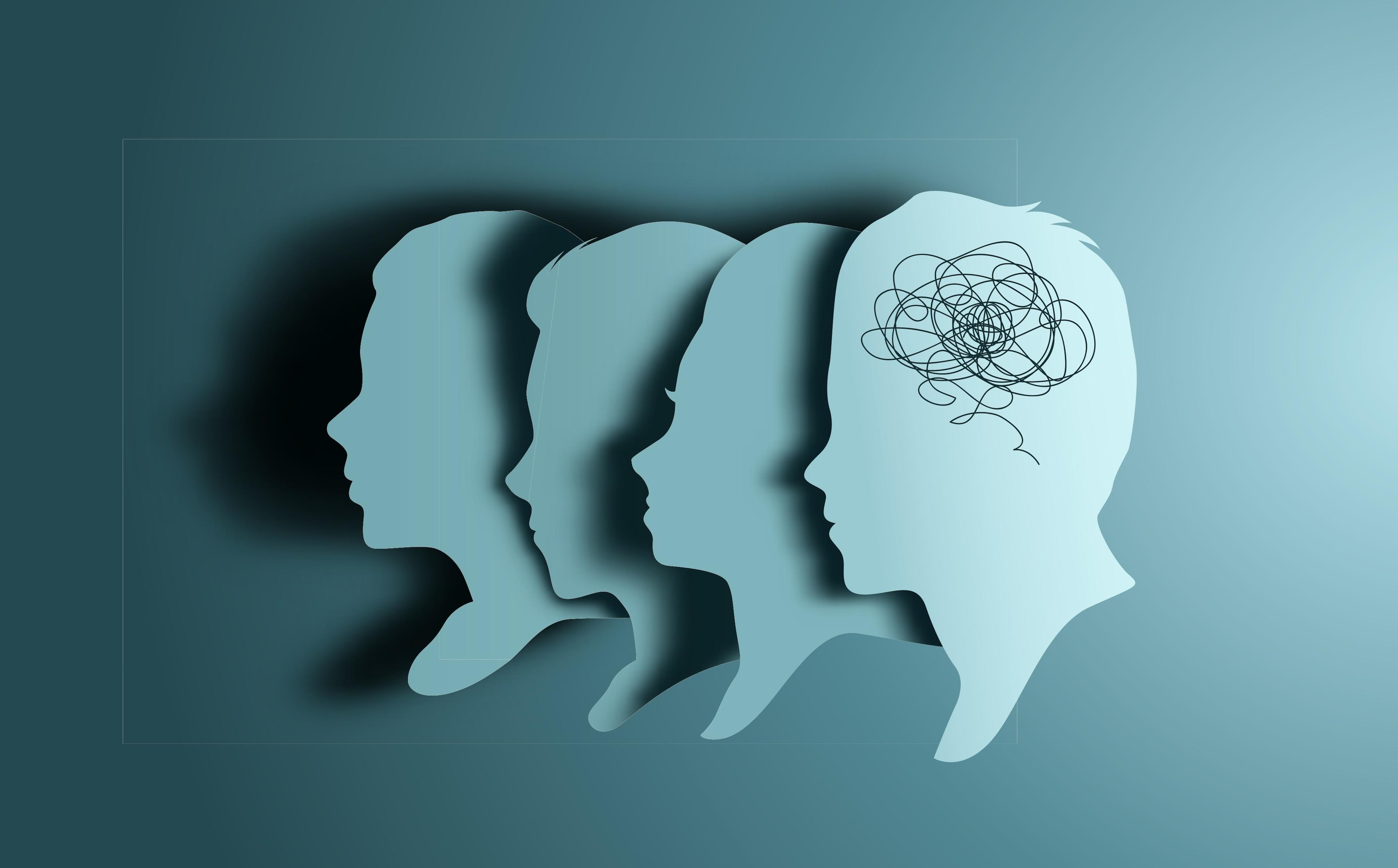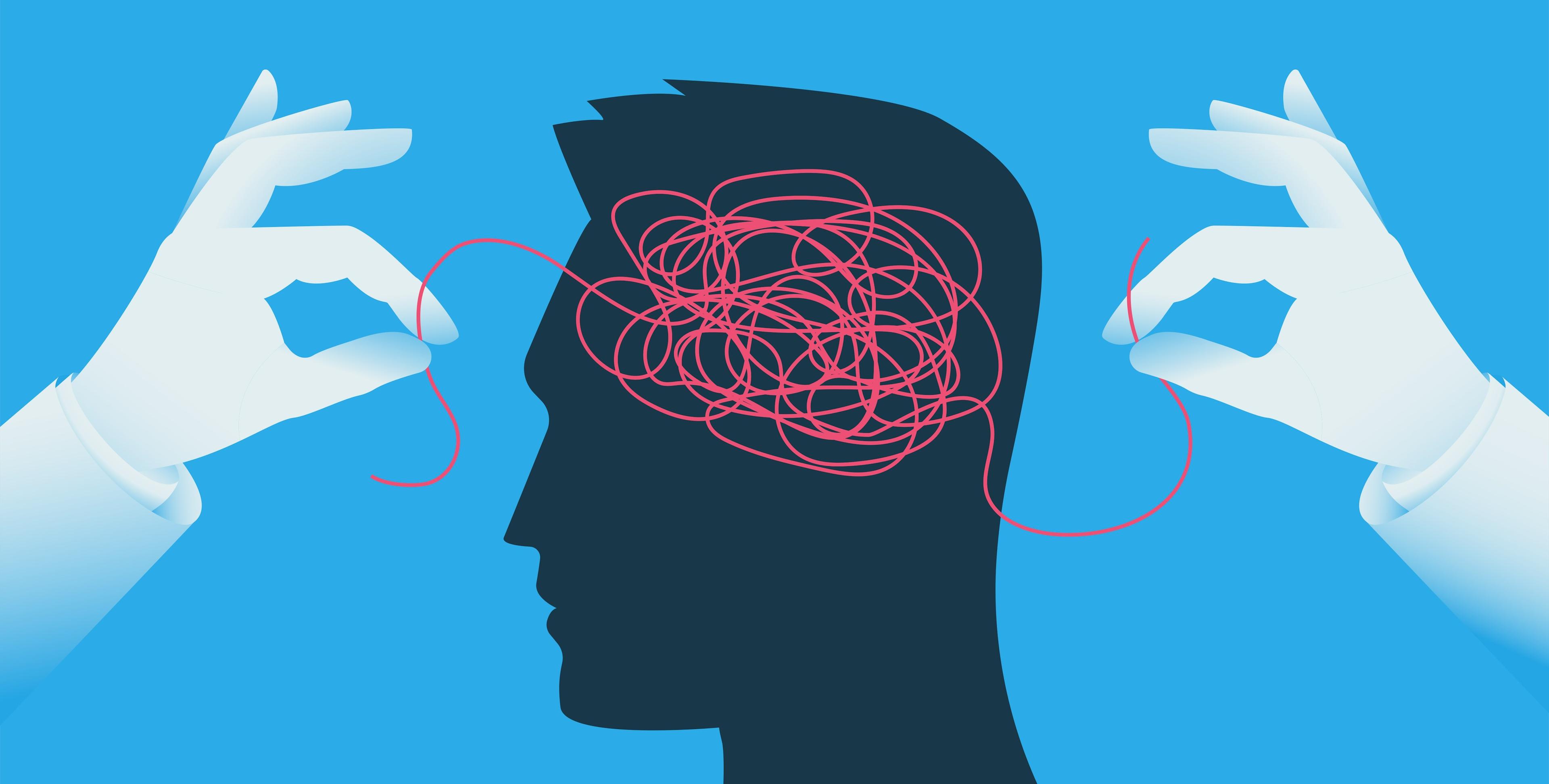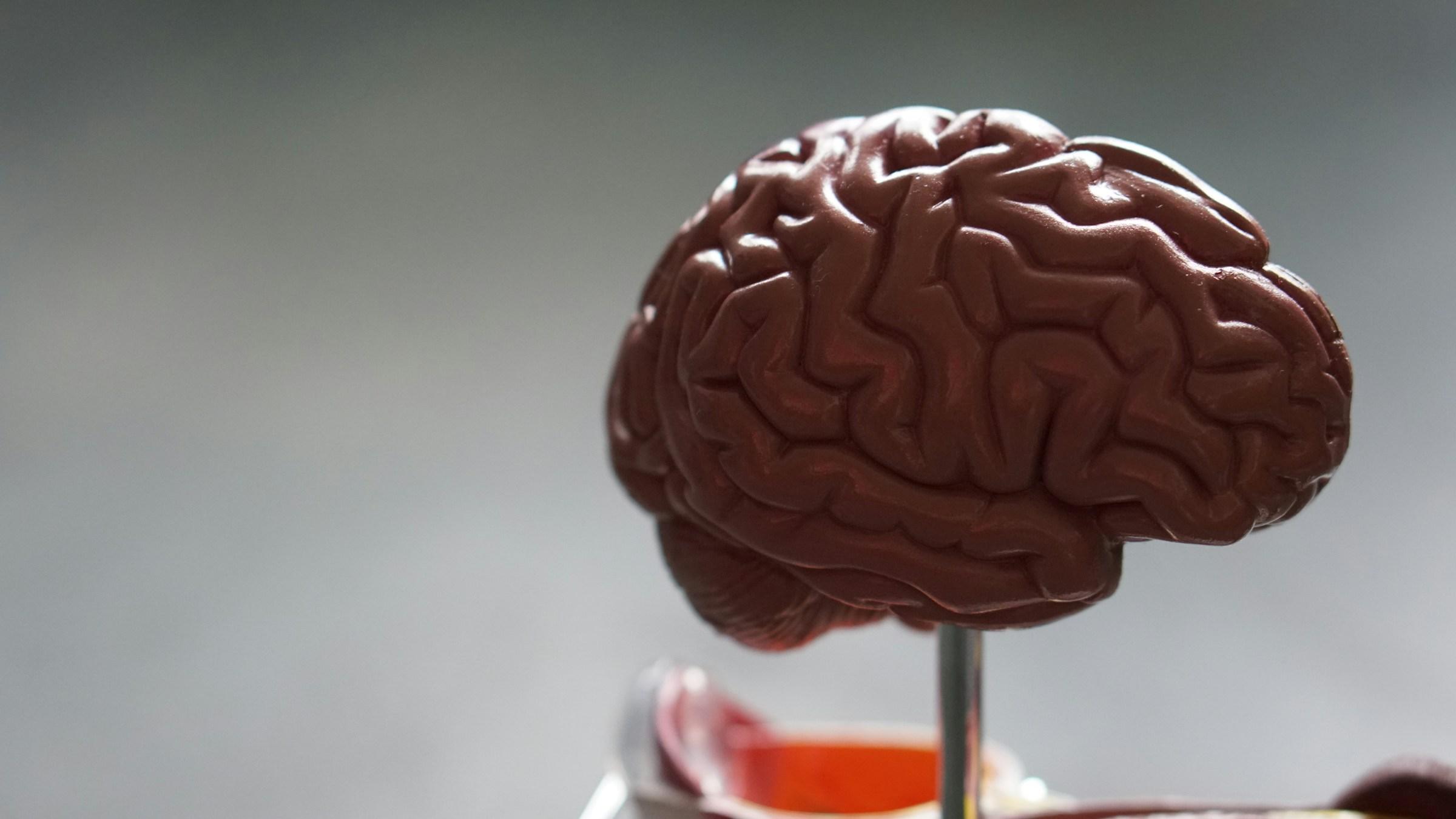The question parents often ask in the quiet hours is simple enough. Does music influence a baby’s sleep. The modern nursery offers a quick reply through speakers, playlists, and a chorus of online testimonials. The answer, however, is more layered than any single track. Music and steady sound can soothe, cue the body toward rest, and soften the edges of a noisy home. They can also become a habit that shapes what both baby and parent expect at bedtime. Understanding how and why sound works, and where it can overreach, helps families decide what to keep in their routine and what to turn down over time.
Many families meet the idea of musical sleep support through short videos that promise miracles in minutes. A baby on screen blinks slowly while gentle waves or a music box loop plays in the background. Comments praise a particular playlist or a device that claims to simulate the comfort of the womb. It is easy to see the appeal. Parents crave something dependable in a season that rarely offers it. Sound feels dependable because it is repeatable. You can press play every night. You can set the volume to the same level. You can run a twelve hour loop so there are no gaps during a long stretch of sleep.
The popularity of this approach reflects the way adults already use sound to manage their lives. Many of us work with lo fi beats in the background, exercise to fast tempos, and clean the house with a nostalgic playlist on repeat. Extending this logic to infants feels natural. If music can shape an adult’s focus and mood, perhaps it can shape a baby’s sleep. Parents soon discover that steady sound does two things at once. It can mask sudden changes in the environment that might startle a baby, such as a door closing or a dog barking. It can also signal that the day is ending and that the body can shift into a calmer rhythm. These are not exotic effects. They are the same principles that help adults fall asleep when a fan is running or rain taps on a window.
Consistency becomes the secret ingredient. Babies learn through repetition. When the same song or sound appears before every nap and every bedtime, it becomes part of a predictable sequence. Bath, pajamas, dim lights, milk, and the gentle hum in the corner. Over time, the sound can help a baby settle more quickly because the brain recognizes that sleep usually follows these cues. For many parents, this alone makes a speaker feel like essential equipment. The effect is not magic. It is a routine expressed through sound.
Routine has a shadow side, and families notice it most when travel or power outages interrupt the plan. If a baby only drifts off when a certain track plays at a certain volume from a certain device, bedtime can feel fragile. Parents become guardians of a playlist, holding their breath while the app buffers or an advertisement tries to interrupt. The tension is not about technology itself. It is about dependency. Every useful tool invites some reliance. The question is how much reliance a family wants to build into bedtime and how easily that reliance can be adjusted when circumstances change.
The market that surrounds new parents understands both the longing for calm and the fear of dependency. Sound machines arrive with night lights that shift color at wake and sleep times. Apps promise schedules, insights, and data on wake windows. The language blends reassurance with science. Words like arousal threshold and circadian rhythm make their way into product descriptions. It is wise to remember that a calm voice, a dim room, and a steady routine are still the core ingredients of infant sleep, even if the device that delivers the sound wears the label of innovation.
Grandparents watching from the sofa sometimes raise an eyebrow at this world of Bluetooth and pink noise. Their lullabies did not require a charger. Yet a human voice is also a form of sound therapy, even if no one called it that. The difference today is abundance. Parents can choose from ocean waves, forest rain, soft piano, or long fan loops. This variety is a blessing on hard nights, and it is also an invitation to turn a cue into a constant. What began as a short signal before sleep can expand into an all night soundtrack because the feed always offers one more twelve hour video without a pause at the loop point.
Behind many choices about sound lies the emotional life of parents. A gentle hum calms a baby, but it also settles an adult nervous system after a long day. The room feels contained. The household has a buffer against noise and uncertainty. This is not trivial. The first months of parenthood require rest for everyone, not just the infant. If one simple tool steadies two people at once, families will use it and feel grateful. It becomes difficult to separate the baby’s need from the adult’s need. In practice that separation does not matter as much as the result, which is a more peaceful night.
Science has a place in this conversation, even if it does not go viral. Researchers describe how steady sound can raise the threshold that triggers waking, so small noises are less likely to cause a startle. Pediatricians remind families to keep sleep environments safe. That means safe sleep surfaces, sensible volumes, and devices placed out of reach. Within those boundaries, a household can experiment. Babies move through developmental phases that change sleep patterns on their own timelines. A soundscape can smooth the journey, but it cannot cancel a growth spurt or a leap. Accepting this helps parents avoid the trap of thinking the next playlist will solve everything.
When families decide to rely less on sound, they usually change things slowly. They lower the volume a little each week. They keep the same bedtime order of events so the routine stays familiar even as the soundtrack fades. Some swap a long loop for a single short song at the start of the routine, which preserves a cue while reducing dependence. The aim is not to prove that technology is bad. The aim is to test what the child needs now, after illness resolves, or after a move, or after sleep has matured. Babies often adapt more easily than adults expect when changes are gentle and the rest of the ritual remains steady.
So, does music impact a baby’s sleep patterns. Yes, in practical ways. It can make a home feel quieter without needing true silence. It can help a baby link a series of bedtime steps to the idea of rest. It can comfort adults who are trying to keep the household running. It can also create habits that make sleep feel more complex when the device is unavailable. The right question for a family is not whether sound is good or bad. The right question is how to use it with intention.
A helpful approach is to see sound as one part of a larger canvas. The lighting, the temperature, the timing of naps, and the way a parent holds the baby all contribute to the picture. Music or white noise can be a reliable brushstroke in that picture. Use it on purpose. Keep the volume at a safe level. Notice whether the sound is still helping after a few months or whether it has become a crutch. If the answer is the latter, taper it gently. If the answer is the former, keep what works and ignore the noise of other people’s opinions.
One day a toddler will walk past the old sound machine on the shelf without comment. The room itself will feel like a cue because it has housed a thousand calm bedtimes. The lamp will sit where it always sits. The sheets will smell the same after the laundry dries in the afternoon sun. Someone may still hum during pajamas because rituals stick for a reason. The ocean track will be there if the household needs it during a rough week or a new sibling’s arrival. It will no longer stand as the hero of the story, only a helpful tool that served its season well. In that quiet lies the real answer. Music can shape sleep, but family habits shape it more, and the gentlest soundtrack is the one the entire household carries within its routine.



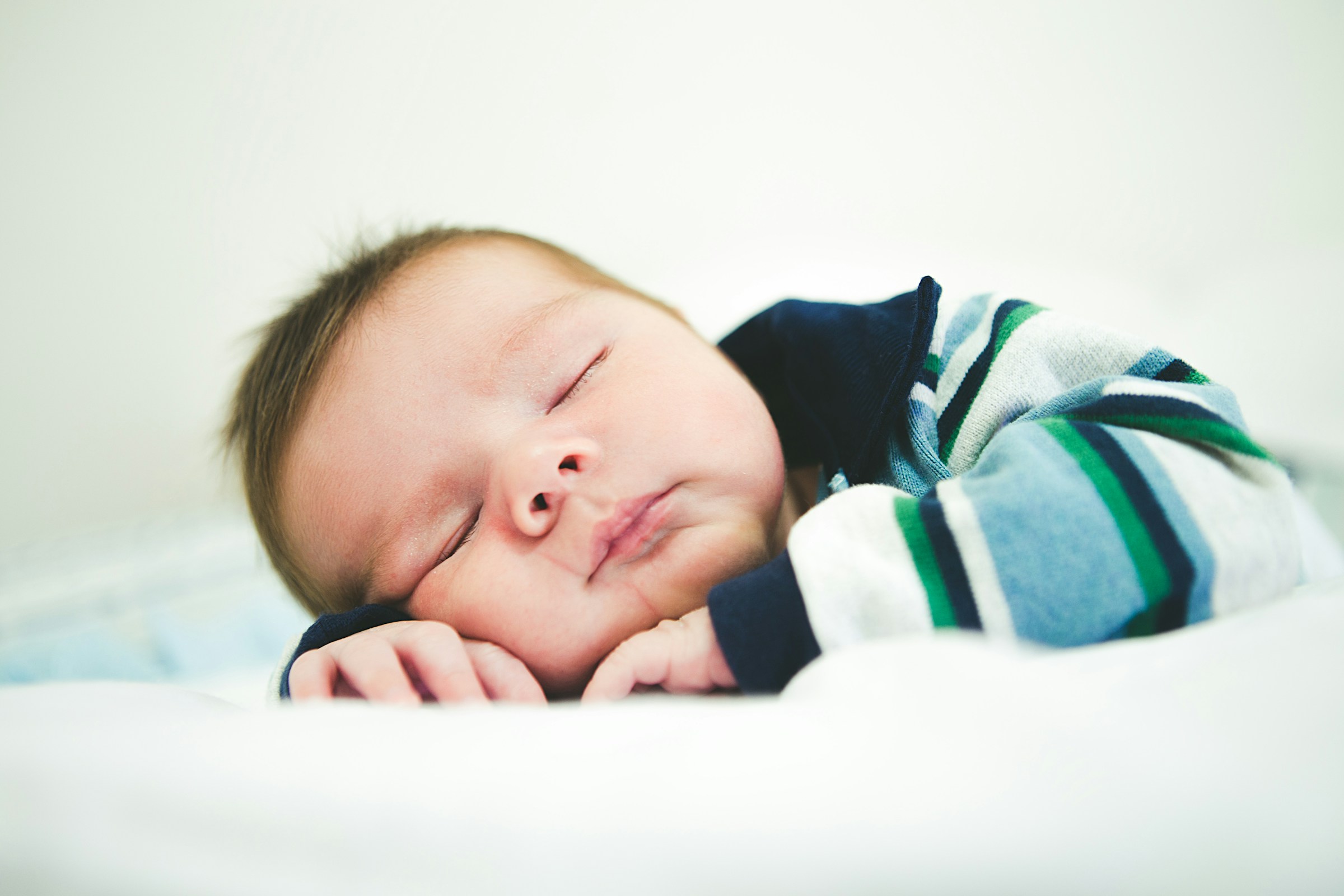

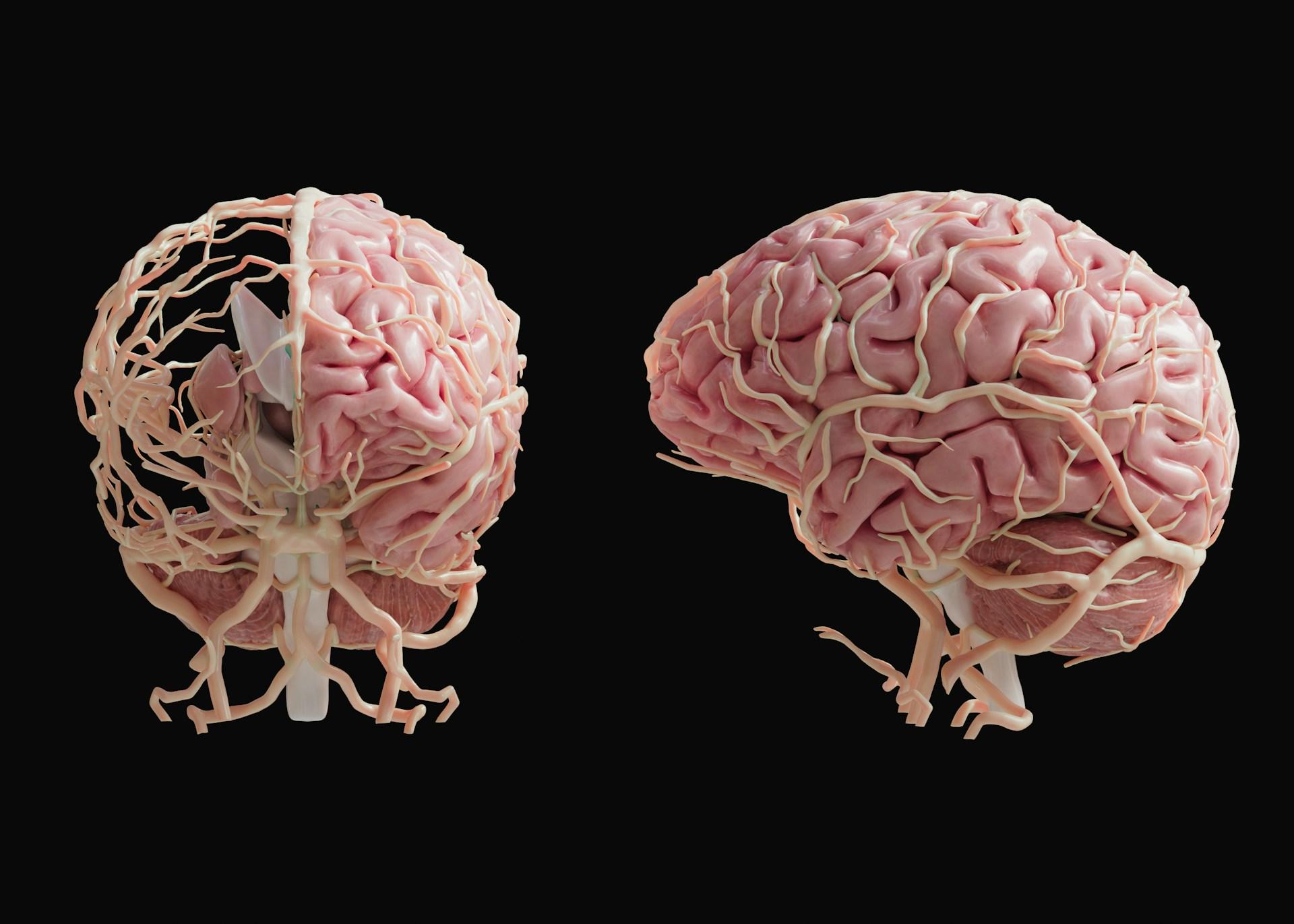



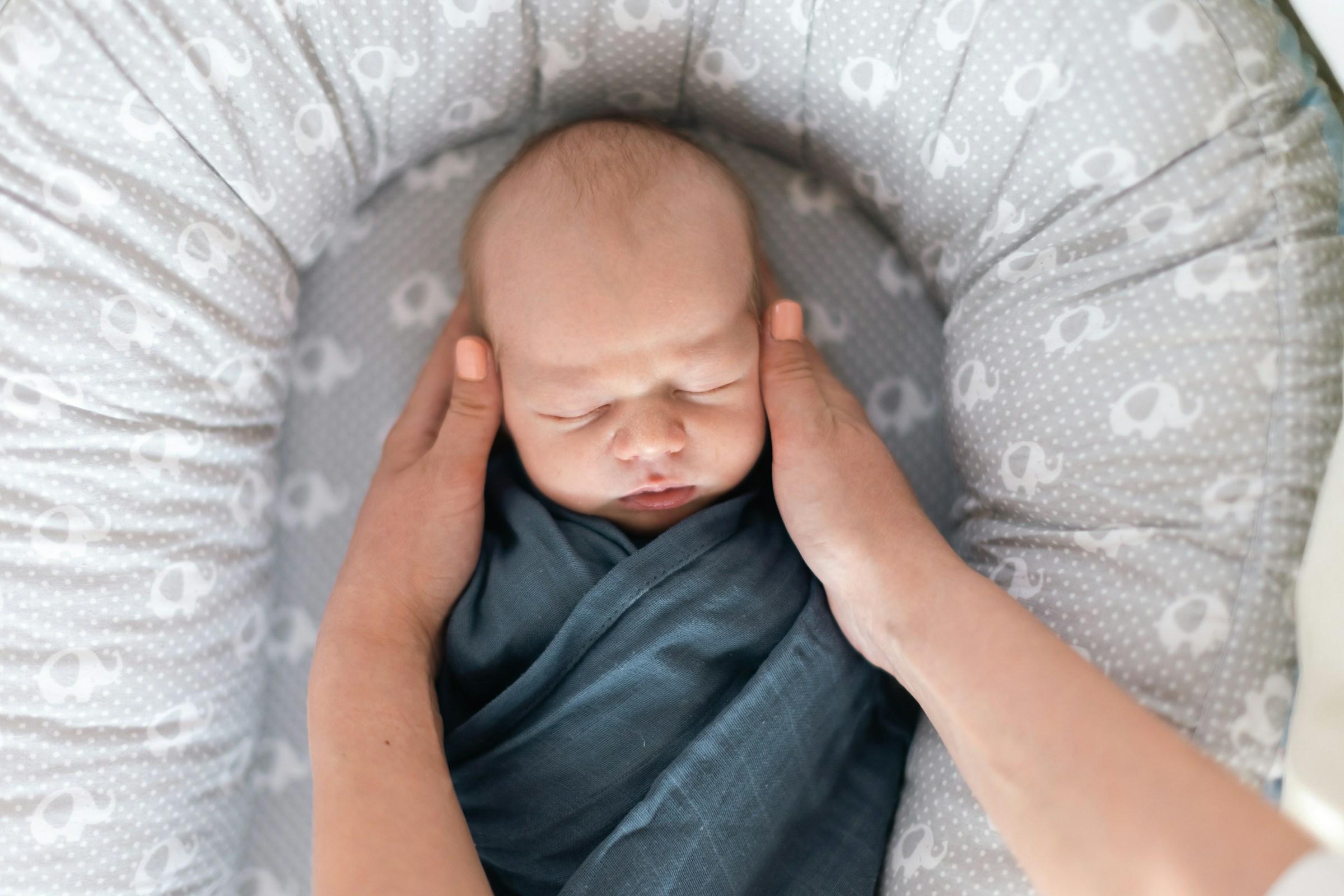
.jpg&w=3840&q=75)
